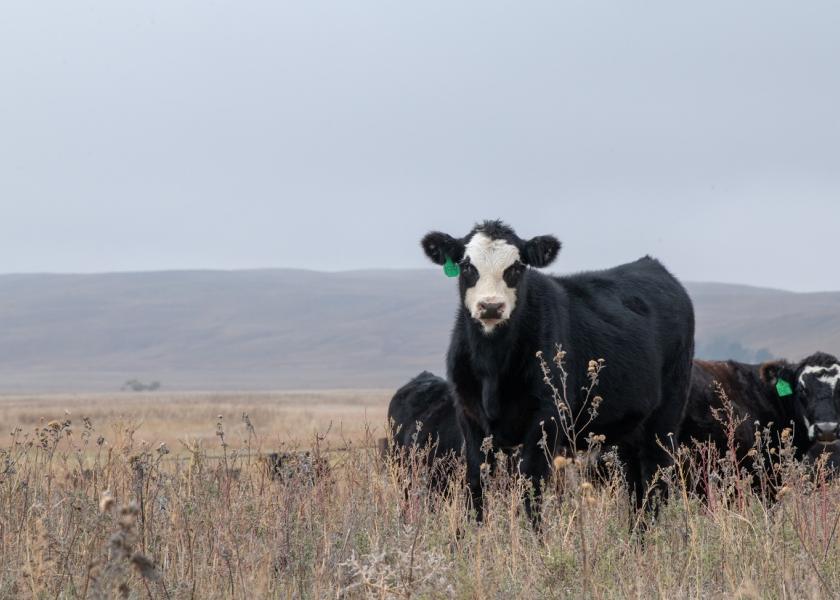Cow Herd Liquidation and its Tax Implications

After a year of high cow liquidation rates in areas plagued with drought, the end of the year quickly approaches. For many producers, that also means the end of a fiscal year and tax preparation begins.
Whether you sold cows earlier this year or plan to sell some before the end of the year, University of Nebraska experts, Steve Niemeyer and Jay Parsons, share a few tax considerations to review.
Cow Liquidation Due to Drought
Sales income from cow liquidation would be taxable, minus any depreciable value left on purchased animals. However, liquidating the cow herd due to drought allows sales income to be postponed for up to two years.
This postponed income serves as a way to purchase replacement cows at a later date, when conditions improve. From a tax standpoint, this works similarly to a like-kind exchange.
Marginal Tax Rate
When selling part or all of a cowherd, especially those animals raised on the ranch, consider the marginal tax rate that will apply to the income.
A large flush of income could push you into some very high marginal tax brackets. It is a much better tax outcome if you can spread sales out over multiple tax years or manage them in such a way so you do not have a significant amount of income subject to the higher end of the tax rates, says Niemeyer and Parsons.
Additionally, consider consulting a tax advisor before committing to liquidating a significant number of cows. The IRS supplies an online resource that describes “Sales Caused by Weather-Related Conditions” that may be helpful to review.
In summary, before hauling those cows to town, consider the following:
1) whether you plan to re-invest the cash inflow from liquidation back into the farm/ranch in the next two years,
2) reducing exposure to high marginal tax rates that would negatively impact the financial outcome from the liquidation process.







